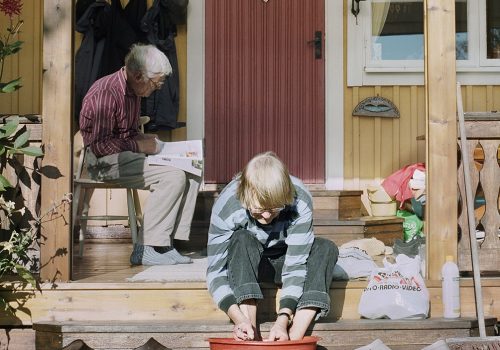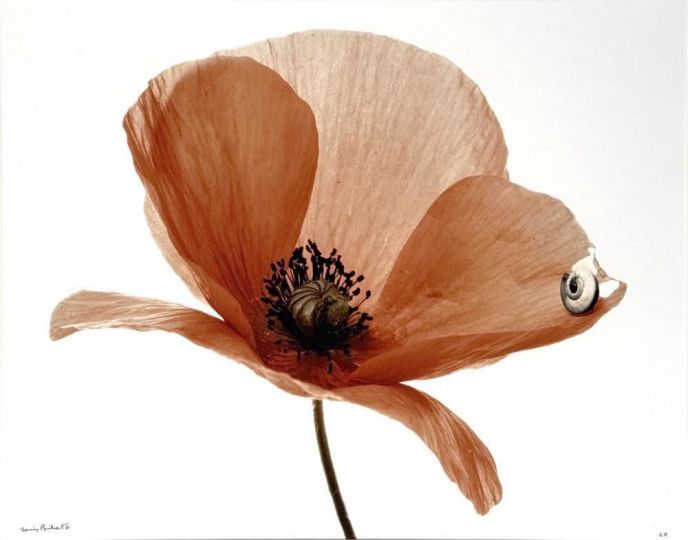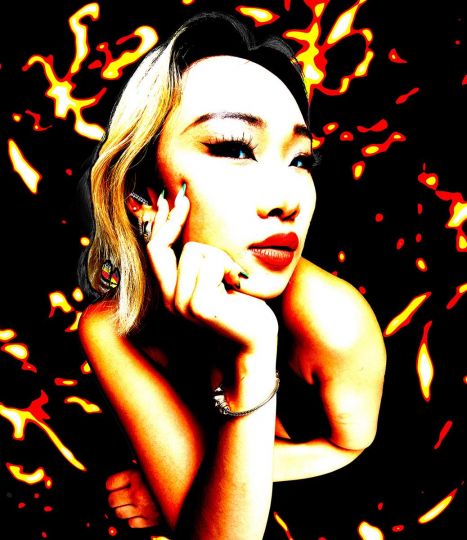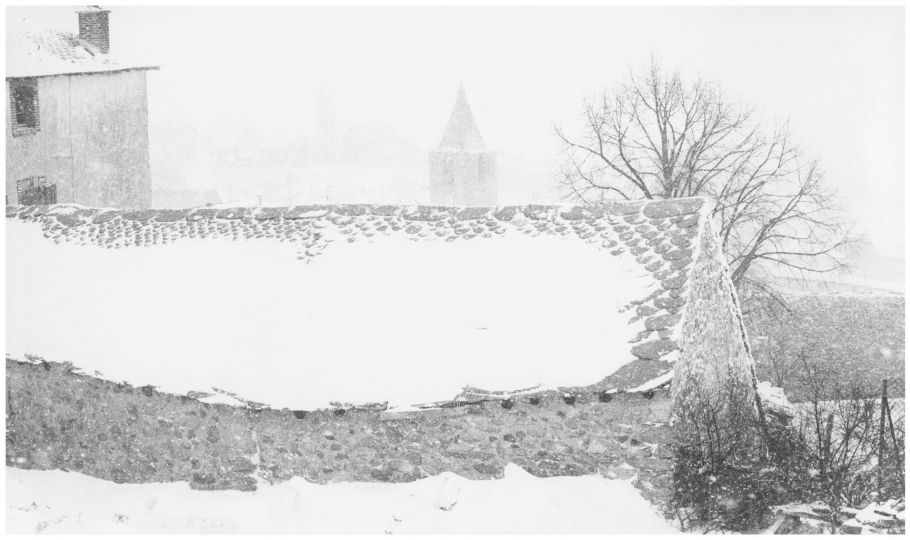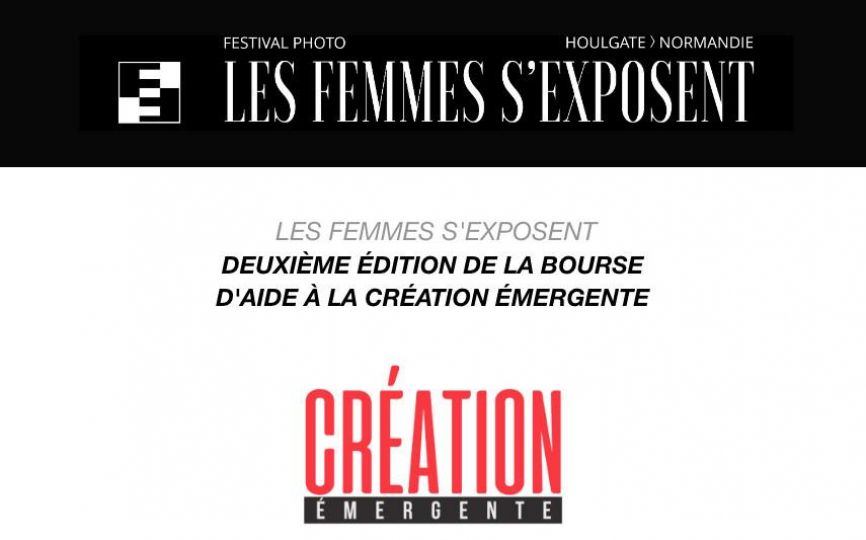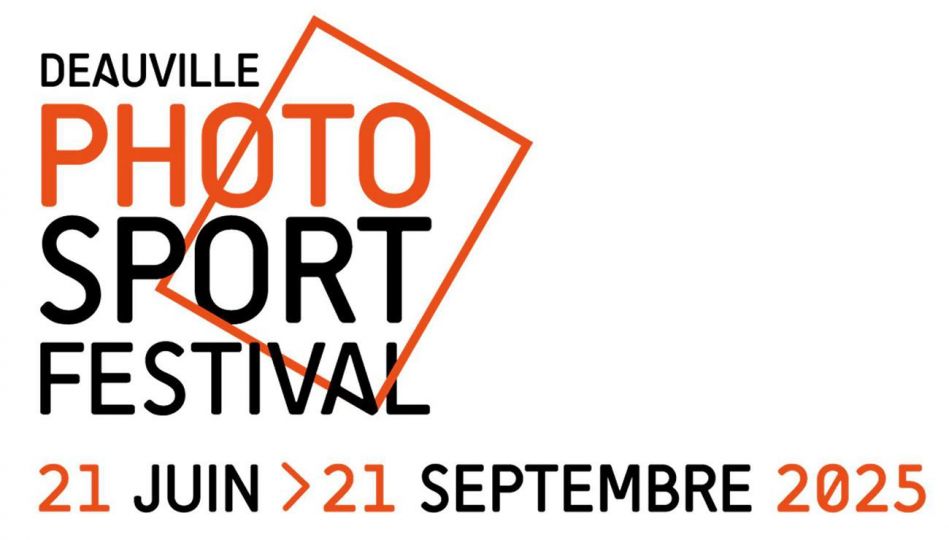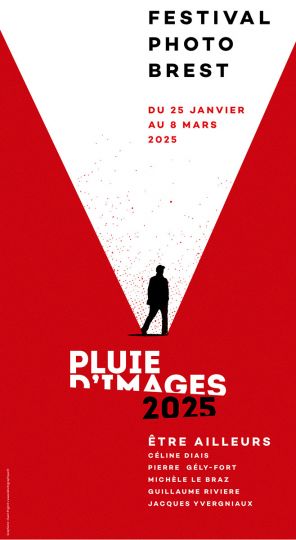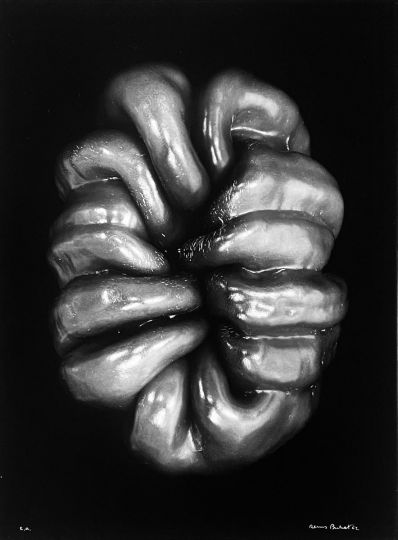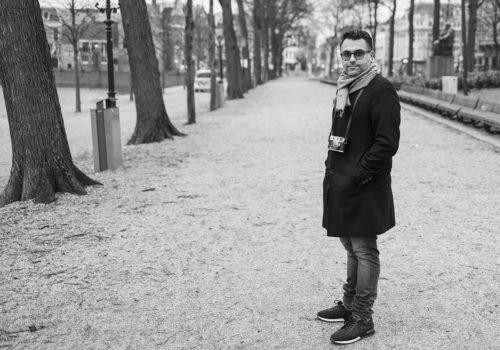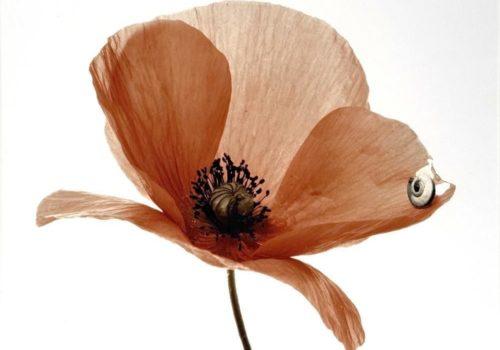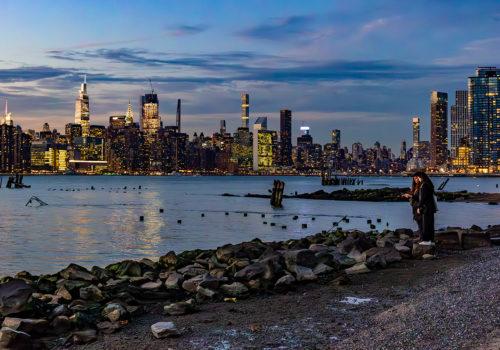Assuming that the periphery is more interesting than the center, I strolled around the margins of Paris Photo to find books I could add to my small virtual library. My physical bookshelves are bursting at the seams and I’m trying to control my hoarding instinct.
Ana & Taige (Editions Journal) is the debut of the young Swedish photographer Rebecka Uhlin. Her color photographs are square in format, tender and intimate, and evoke the daily life of her grandparents in the house where she spent vacations as a child. “My photos have allowed me to get closer to my grandparents’ love for me,” explained Uhlin. One of my favorite images represents two dinner plates, each decorated with a single, freshly picked tomato.

